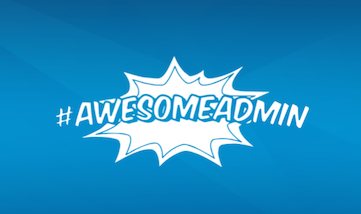Time. That one pesky commodity that just doesn’t stand still. Our society has been fortunate enough to see technology explode an exponential rate, allowing everyone to do more and in better ways. But while the quantity of work to be done has grown, time still moves at the same rate. This can be especially troubling […]




